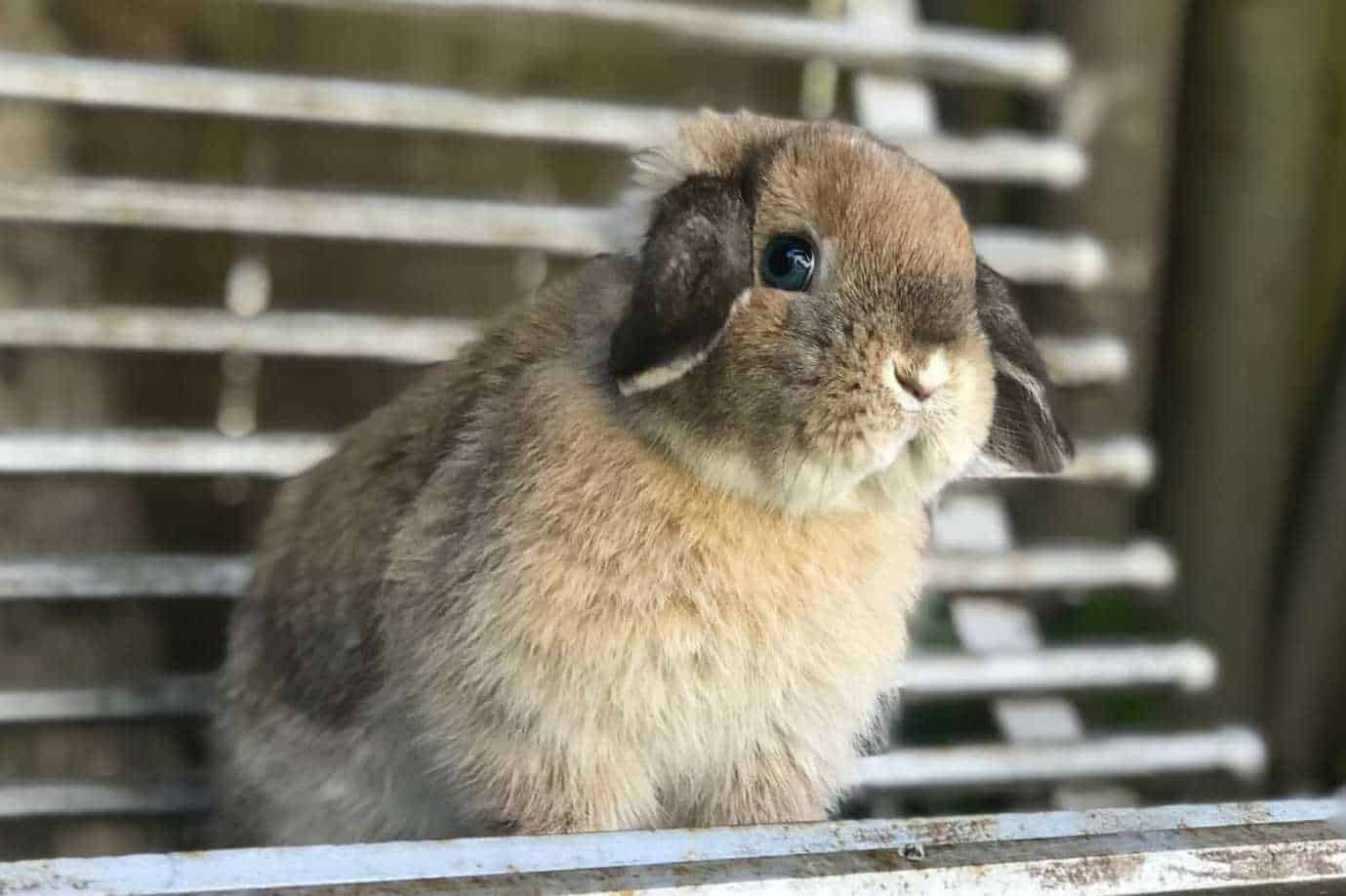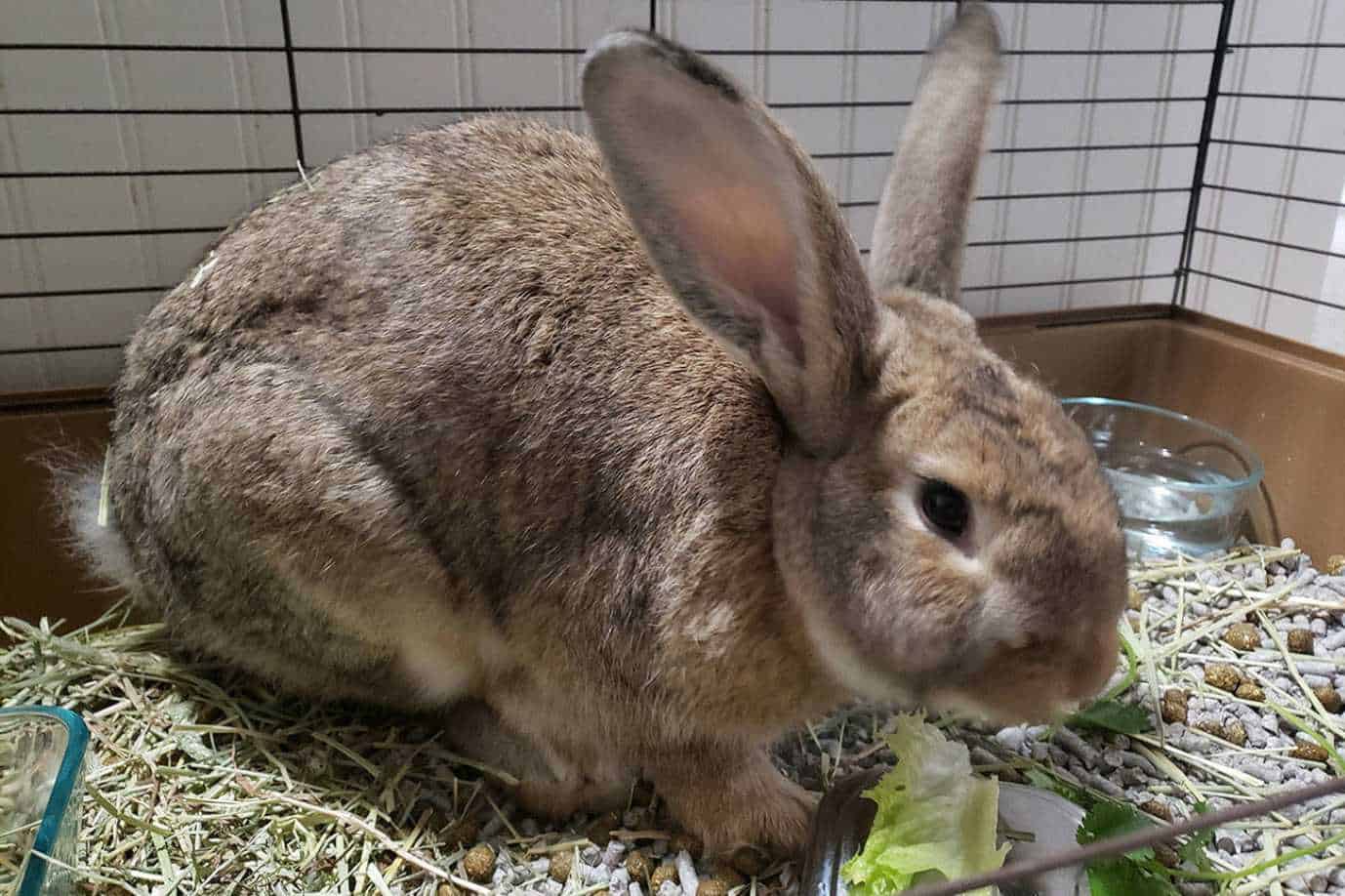As a rabbit owner, you must be curious about how rabbits live and all the essential moments in their life as they grow.
The information is a helpful tool for improving your relationship with your pet. Getting to know your rabbit life cycle could come in handy, especially in taking care of them.
Rabbit Life Span

Rabbits raised as pets live for an average of seven to nine years. In their nine years, their changes range from minor to major. This includes their size, hobbies, behaviors, and overall body.
The life span can be categorized or divided into stages where each stage has its series of changes. A stage can feature a significant change like sexual maturity, wherein they can now mate and produce babies, or a stage can be as simple as opening their eyes to the world and its offers.
In taking care of rabbits, acknowledging these stages is paramount for understanding your pets in a more profound sense. Knowing these stages and the basic things they have to undergo in their life creates a stronger connection.
Apart from these things, extra knowledge can come in extra handy someday. While nine years is the typical or the average age for domestic rabbits, each rabbit is unique.
They have their personality and hobbies. Of course, the way you take care of them can also be a factor, so be sure to take care of them nicely to live a happy life with you.
Rabbit Life Stage #1: Baby Rabbits

Newborn baby rabbits are called kits. Rabbits are still in their ‘baby’ stage until their third month. While in their baby stage, kits can only weigh around one to four oz.
They can be a little funny-looking because of the lack of hair. During these months, their eyes and their ears are also closed. At an early age, baby rabbits rely on their mother heavily and are asleep most of the time.
During the rabbit’s first month, they undergo several changes, including growing more fur and their ears opening gradually. When the baby rabbit reaches their second week in the world, they slowly begin to hear and see things around them.
As time passes, they will start to get more and more curious and even peek outside the comfort of their nests. During this stage, they rely on their mother’s milk for food. Once they reach their third week, their growth becomes more and more fast-paced.
In the baby rabbit’s second month, they begin to learn and get familiar with solid food. However, the solid food they munch on is minimal. They will start to slowly nibble on pellets until their digestive tract gets familiar and start to accept more serving as they get older.
Halfway through their second month, they will begin to have the strength to try and slowly explore the world outside of their nest.
As they start to consume solid food, they can grow faster and more robust. They become more curious and more capable of exploring the outside world. This is when they typically start being independent.
Rabbit Life Stage #2: Adolescent Rabbits

The adolescent stage of a rabbit starts during their third to the sixth month. This is where puberty starts to hit them, and they begin to become sexually mature.
According to research and observations, male rabbits are quicker to mature sexually when compared to female rabbits. Typically, male rabbits develop at about three to four months, while female rabbits start from the fifth to the sixth months.
They also start to exhibit behavioral patterns during this stage in their lives as their bodies and hormones change. This is typically when you might witness them thumping, spaying, growling, chewing, or humping.
These are all hormonal behaviors, so you might want to be more patient with your pets during their adolescent stage.
To reduce these hormonal behaviors, you also choose to neuter or spay your rabbits. If you decide to get them neutered or spayed, you should consult and visit your trusted vet.
During their adolescent stage, it’s recommended that you give them high in protein food to help them grow stronger.
Rabbit Life Stage #3: Teenage Rabbits

This stage in your rabbit’s life is during their sixth. The rabbits start to grow up to their mature size during this phase.
You might have decided to neuter or spay your rabbit during these times, so the next step is to make sure they are eating healthy and are not growing up to be lazy.
They can be less energetic when undergoing these changes in their life. However, each rabbit has a different personality, and they can either be playful or shy.
Nevertheless, this is an excellent time to develop a stronger bond with your pet. This time is paramount for them as they grow and start to learn, socialize and explore things.
This is the stage where they find out more about themselves and discover where they feel a sense of belongingness. They also start to know their preferences in food, preferred playtime, etc.
If you have been feeding your rabbit pellets, you can now switch to adult rabbit pellets if you want to.
Rabbit Life Stage #4: Young Adult Rabbits

Your rabbit is considered in its young adult phase during its first to the third year. This is the stage in their life when they are most active.
During these times in their life, you can slowly introduce them to a broader menu and list of food. The serving and the proportion also gradually change as they grow up.
Even if they are growing bigger and stronger in their young adult stage, it’s good to note that they are still at risk of contracting diseases.
It would be best if you started to transition them into a timothy-based diet from the alfalfa hay that they kept consuming until their adolescent days. They can also be fed a variety of tasty fruits and vegetables in moderation according to their recommended diet.
You can also now increase the leafy green vegetable serving. In expanding their diet menu, you must take your time. Your rabbit’s digestive system needs time to adjust to your rabbit’s new fruits or vegetable consumption.
Rabbit Life Stage #5: Middle Age Rabbits

The middle age of rabbits is when they are at the age of four to five. This is when they tend to be less energetic, unlike during their earlier years.
They are just fond of spending more time with you during these times and tend to be more affectionate. In these times, you and your rabbit have built a high level of trust. Thus, they like to play and bond with you.
This stage equates to a lesser movement from your pet. And so, it’s essential to check their weight now and then. These times are when they are more susceptible to obesity and other related health issues.
To make sure they stay healthy, you should monitor their diet and mix and match it to the amount of average exercise or movement they do each day. Of course, treats are still allowed despite them growing up.
Rabbit Life Stage #6: Late Middle-Aged and Old Rabbits

Your rabbit is considered to be in the late middle age when they reach five to seven years old. On the other hand, your rabbit is in their old age phase when they grow and live for seven years.
During these stages, your rabbit may need more care and assistance. Just like how humans become weaker as they grow old, so do rabbits. They can be extra lazy and less energetic during these years.
Your rabbit can also need assistance now and then, especially when getting off from a high place like chairs and beds. You might need to carry them down. These days are also when you might need to spend more time grooming them.
During their old age phase, your rabbit is also more at risk of contracting health issues. This being said, it’s vital that you observe and check your rabbits regularly. It’s critical that you spot any symptoms or weird changes in their behavior and get them checked by your trusted vet.
Your veterinarian would also likely recommend that you go for a scheduled and regular check-up to make sure your rabbit is healthy. As for their diet, you should continue giving them healthy stuff and always supply them with their staples; hay and water.
As your rabbit gets older, you need to take even better and gentler care for them. They are not as flexible as before, so you might need to adjust some things inside the house and around their space.
While taking care of them in their old age, you also bond with them and build a stronger relationship with your friend.
Summary
The rabbit life cycle is indeed very different compared to humans. By getting to know your rabbit’s life stages, you understand your differences.
A deeper understanding leads to better relationships. Your rabbit deserves every stage of its life to be happy, and it’s a pleasure to help them achieve that.